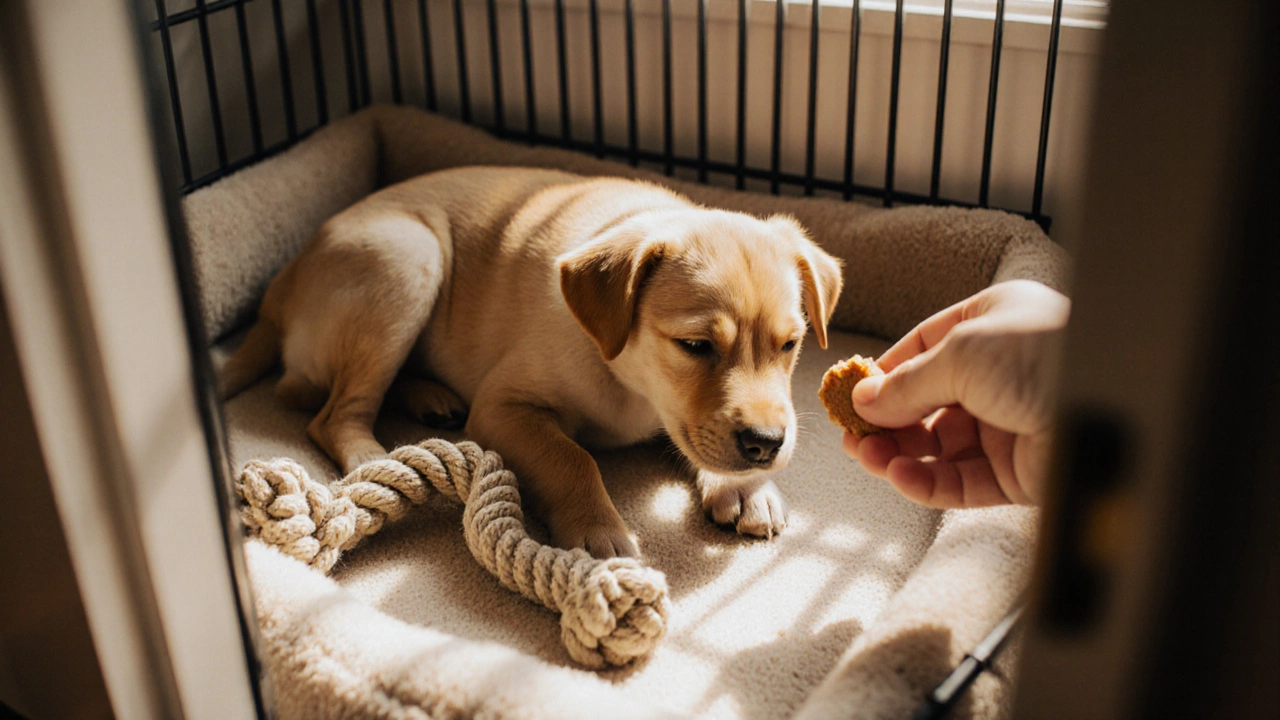Dog Crate Guidelines
When working with dog crate guidelines, a set of best‑practice rules for safely using crates with dogs. Also known as crate rules, they help owners ensure comfort, security, and proper training. The same approach applies to crate training, the process of teaching a dog to view the crate as a safe den, and to dog safety, preventing injuries and stress while confined. Together, these concepts shape how you travel with dogs, house‑break puppies, and maintain overall well‑being.
Why do solid crate guidelines matter? First, a correctly sized crate respects a dog’s natural posture, reducing joint strain and anxiety. Second, clear timing rules—such as short introductions, gradual lengthening, and consistent bedtime use—create a predictable routine that mirrors a den’s shelter instinct. Third, safety checks like ventilation, lock integrity, and chew‑proof materials stop accidents before they start. When you apply these basics, you also set the stage for smooth pet travel, because airlines and road trips both require a crate that meets size and safety standards.
Key Elements of a Good Crate Routine
Begin with the right crate type. Metal crates offer durability for active breeds, while plastic models are lighter for travel. Measure your dog from nose to tail base; add two inches for leg stretch. Place a soft, washable pad to cushion joints and keep the crate inviting. Introduce the crate during calm moments—feed a favorite treat inside, open the door, and let the dog explore at its own pace. This positive association speeds up crate training and lowers the risk of separation anxiety later on.
Next, establish a schedule that aligns with feeding, play, and sleep cycles. A typical routine might include short stays during daytime when you’re home, a longer block at night, and brief outings for bathroom breaks. For puppies, limit confinement to under three hours at a time to avoid bladder discomfort. Consistency is the glue that turns a crate from a foreign box into a trusted safe space, supporting successful housebreaking and reducing destructive behavior.
Finally, think about travel and off‑site use. Airlines often require crates with specific dimensions, secure locks, and ventilation holes no larger than a paw. For road trips, a crate with a secure base prevents sliding, and a cover can help reduce visual stress. By following the dog crate guidelines you’ll keep your pet safe, calm, and ready for new adventures. Below you’ll find articles that dig deeper into each of these topics, from crate training tricks to travel safety checklists, giving you a full toolbox for a happy, well‑adjusted dog.

Puppy Crate Time: How Many Hours Per Day Is Safe?
Learn the safe amount of daily crate time for puppies, with age‑based guidelines, signs of over‑crating, and practical tips to keep your pup happy and healthy.
View more